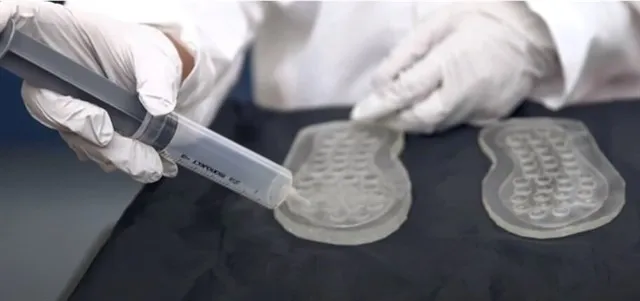Researchers at the University of Purdue, IndianAmericans who develop this type of wounds.
"One of the ways to cure them is giving them oxygen," according to the Professor of Electrical and Informatics Engineering of Purdue, Babak Ziaie, so a system has been created that "gradually releases oxygen throughout the day so that the patient has more mobility"Explain.
Ulcers are usually the result of nerves that damage blood sugar, eliminating the sensitivity of fingers or feet, this makes the patient with diabetes not even notice what happens, on many occasions, until he sees the blood.In addition, ulcers cannot be cured by themselves and, in some cases, lead the diabetic to lose their fingers, feet or even legs.
Without the ability to feel pain, blows and bumps tend to go unnoticed and skin tissue breaks down, forming ulcers.A large amount of sugar in the bloodstream, together with dry skin as a result of diabetes, further delays the ulcer healing process.
The usual treatment, reports the podiatrist of the Hospital Memorial in Florida, and the creator of the Save Foundation to leg, save a Life, Desmond Bell, is "to eliminate the devitalized fabric from the wound surface" and help the patient to "findways to remove the weight of the affected foot. "
Purdue researchers used lasers to mold the silicone -based rubber on the templates and then created bubbles that release oxygen only in the foot part where the ulcer is located.Silicone is used because "it is flexible and has a good permeability to oxygen," according to the postdoctoral researcher, Hongjie Jiang.
As for the procedure, the researcher explains that the laser "helps to adjust that permeability and point only to the wound site, which is hypoxic, instead of poisoning the rest of the foot with too much oxygen."
According to equipment simulations, the template can supply oxygen at least eight hours a day under the pressure of someone weighing around 53 and 81 kilograms.However, according to researchers, the template can be customized to work with any weight.


